The Marine Accident Investigation Branch (MAIB) has released an interim report on the tragic capsize and sinking of the tug Biter on 24 February 2023, off Greenock, Scotland.
The accident, which occurred while the tug was assisting the passenger vessel Hebridean Princess, resulted in the loss of two lives.
The report provides a detailed account of the incident, stating that at approximately 1527 hours, the Biter “girted and capsized while attached to the stern of the passenger vessel Hebridean Princess, which was in the main Clyde Channel making its approach to James Watt Dock.”
Following the capsize, the Biter‘s upturned hull remained afloat for about 35 minutes before sinking, with the two crew members tragically unable to escape.
The interim report highlights that the MAIB’s investigation has “considered various aspects of the accident to determine the causes and circumstances surrounding Biter’s capsize and sinking and why its two crew lost their lives.”
This includes examining the tug’s towing arrangements, its watertight integrity, the training and experience of the personnel involved, and the management of towing operations within the port.
As the full investigation report will not be published within 12 months of the accident, the interim report is provided “pursuant to Regulation 14(2)(b) of the Merchant Shipping (Accident Reporting and Investigation) Regulations 2012.”
The report carefully notes that the findings presented are based on the investigation completed to date and that “there is the possibility new evidence may become available that might alter the circumstances as depicted in this report.”
The Biter, a twin-screw workboat/tug built in 1982, was under the management of Clyde Marine Services Limited, while the Hebridean Princess was managed by Northern Marine Ship Management Limited. On the day of the incident, the tug was engaged in towing operations during the Hebridean Princess’s arrival at James Watt Dock in Greenock. The weather conditions included a northerly wind at Beaufort force 2, a sea state of 2, good visibility, and slack tidal stream.
The report notes that the investigation’s sole objective is “the prevention of future accidents through the ascertainment of its causes and circumstances,” and it is not intended to determine liability or apportion blame.
The MAIB is finalising the investigation, with a draft report to be circulated to stakeholders for a 30-day consultation period. The interim report and future updates are available on the MAIB website, where the final findings and recommendations will be published to help prevent similar incidents in the future.


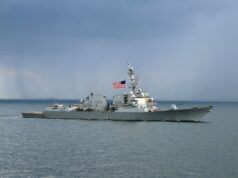
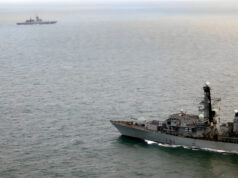
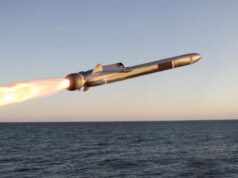

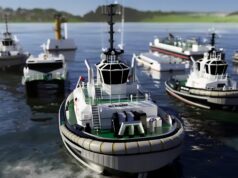
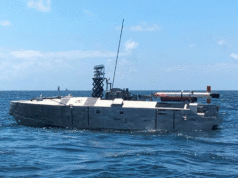

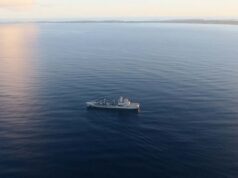
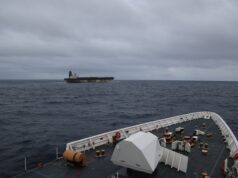
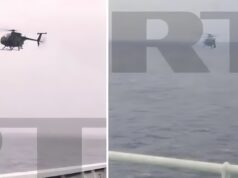

Tragic for all involved.
Not a clue what “Girted” means though.
In this context it means that the towline or cable got wrapped around the tug
Thanks, never heard of it before.
In towing ops it doesn’t, it means the tug was dragged beam on. So was being dragged 70-110 degrees from its bow heading.
Admittedly in every other definition it does mean wrapped but not marine.
MIAB definition: Girting has been defined as when high athwartships towing forces cause a tug to be pulled sideways through the water by the towline.
I couldn’t find anything about the meaning but it must have happened before. Very sad.
Sadly yes, I read MIAB reports often insomnia and a sailor to try not to end up in 1 at the same time boring myself to sleep. Screw and ducted screw are at higher risk as you can only give power inline with you shaft and the rudder angle. Voith propelled tugs on the other hand can usually flick themselves out as they’re more akin to a bender of mini wings under the tug and work on a similar principle as a Helicopter rotor. So can impart massive torque at slow boat speed
Flippin heck mate, I don’t understand any of that, Treat me like a non serving Walter type and explain it all again so that this low IQ Peado Stalker can understand lol !!!!😁😱
LongTime may be right about the tug being dragged on her beam as a (fairly arcane) nautical definition.
The moderators on the site don’t like links being posted, but if you paste ” knowledgeofsea . com/girting-of-tug/ ” there’s a good explanation with diagrams
Thanks DL, I’ll take a look .BTW, Keep up all your good work on here, some of us actually really understand where you come from, just sayin. 😶
So in layman’s terms she was pulled over onto her side by the tow cable and capsized.
Hi everyone long time reader of UKDJ really enjoy all the content and conversations, this is my first comment on here so go easy. What happened to the Biter is also known as girding and it’s were the tug is pulled over beam on to the towed vessel, this can occur when the towed vessel comes ahead or astern suddenly and with force, there normally is very little notice and it would be difficult if not impossible for the tug to slip it’s tow. It is a tragedy and my thoughts go out to the families involved.